As a homesteader, I try to make my homestead or backyard farm close to nature and environmentally friendly.
This helps me realize that I’m making some contribution to a green environment. Not only this, but it also helps me declutter
household costs and improve my overall well-being.
So, here are practical ideas to make your home eco-friendly and sustainable. They include tips ranging from designing your home to revamping space and green applications.
1. Switch to LED or Solar Lighting
LED lights glow white, similar to that of incandescent and halogen bulbs.
They use less electricity and does not heat much and can be at home, backyard and outdoors.. This helps you cut down your electricity.
You also don’t need to change LED bulbs very often. They give you at least 1 year of warranty on these bulbs.

I’m talking about energy-efficient lighting, so it’s incomplete if I don’t mention solar-powered lights. I have a couple of these lights in my backyard and around the property.
They are great for outdoor spaces on a homestead located in sun-exposed regions.
2. Use Rainwater Harvesting Systems
I’m amazed knowing a woman washing vegetables in a channel that flows through her kitchen to her backyard. In the summer, kids also enjoy sliding on the water in the channel.
WOW!
That’s not possible for everyone to build such facility but you don’t lack water throughout the year if you can harvest rainwater.
For this, you need a basic setup for rain barrels, roof gutters or downspouts, and other rainwater catchment systems.
When rain falls, it accumulate in a container, which you can use in gardening, cleaning, and livestock. If your local regulations allow, you can use them for bathroom and laundry uses also.
Many sustainably designed houses have concrete underground detention tanks to store rainwater and install pumps or motors to circulate the water.
3. Compost Your Kitchen and Garden Waste
I have a simple composting system for kitchen scraps. Whatever waste, such as rotten and mouldy fruits and vegetables and other useless food, comes from the kitchen, I throw in the waste bins every day.
When they are full, I add them to a compost pile made for gardening.
If you don’t have a garden to manage compost, make sure your local area has a green-bin program for degradable scraps and wastes from the household and kitchen.
They might take care of waste and dispose of it safely.
In addition to kitchen scraps, you can compost animal manure from herbivores, fur or hair, brown paper products, coffee grounds, houseplants, yard trimmings, and other decayable materials at home.
Your backyard garden also has lots of waste in the form of tree leaves, hay, straw, grass clippings, weeds, damaged fruits and vegetables.
But make sure that you don’t compost meat, dairy, and seafood products. Also, avoid toxic or pesticide-treated plants, leather, oily or baked food, glass, and synthetic fabric.
4. Install a Clothesline or Drying Rack
A clothesline and drying rack are traditional ways to dry clothes naturally through air and sunlight.
While clothesline has a rope or cord extended between two points to hang the clothes outside, drying racks are foldable systems for drying clothes indoors.
You can use clothesline when the sky is clear and visible sunlight, and dry clothes on drying racks when it’s raining outside.
Both systems are less expensive than an electric dryer and don’t consume electricity at all.
Dryers can be harsh on clothes, but these systems treat clothes naturally without causing damage to preserve life.
But you need to have some space to set up these systems at home and wait hours to dry fabrics.
However, I must tell you that clothes dried on a clothesline or drying rack have a fresh smell, so you don’t need to perfume them sometimes.
5. Use Eco-Friendly Cleaning Products
Common harmful chemicals in commercial cleaners include chlorine, ammonia, bleach, dyes, VOCs, and other harsh chemicals that not only affect the health of residents but also pollute the environment.
So, you can make a homemade cleaning project using basic and safe supplies.
I have a stock of natural cleaners made of vinegar, baking soda, and essential oils like lemon, lavender, or tea tree oil.
Collect 1/4 cup vinegar, 12-20 drops essential oil, 1 tsp washing soda, and 2 cups boiled or distilled water. Fill a cleaning spray bottle with the mixture and shake it well.
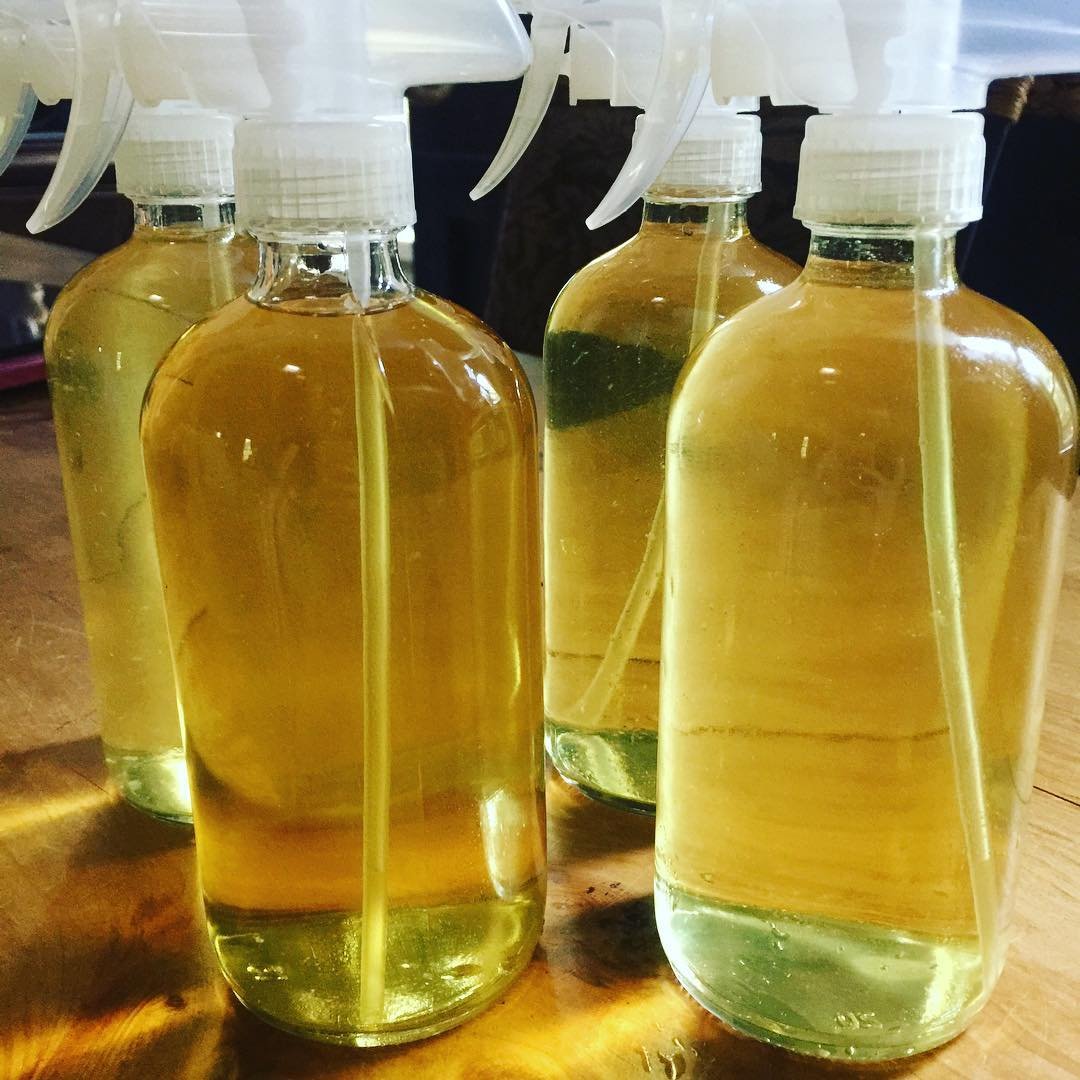
Your natural household cleaner is ready.
You can also buy eco-friendly brands if you don’t want to make yourself.
6. Insulate Windows and Doors Naturally
The south-facing windows allow direct sunlight if a house is in the northern hemisphere. This helps trap natural heat indoors in the fall and winter.
But a house with west-facing windows provides glare and heat in the summer.
So, you need to plant a large tree near the window to block the scorching sun.
You can also take advantage of planting deciduous trees near south-facing windows. The tree will give heavy shade in the summer, blocking the sun and making a cool environment inside.
In winter, it sheds leaves and remains barren, allowing the sun to shine directly through the window and warm the indoors.
I also use sunshades or a roof overhang for natural air conditioning.
Many homeowners also install double-glazing windows that trap heat, preventing draughts and heat loss. It also helps reduce the volume of outside noise.
You can also set up blinds made from hemp or bamboo to add an extra environmentally friendly touch.
For a cozy and quiet bedroom, I recommend you place thick curtains and draft stoppers.
7. Grow Your Own Organic Food
A home without plants looks boring, so you can decorate the vacant space with beautiful flowering and nonflowering houseplants.
Pothos in the balcony, Monstera or Philodendron in the corner or against the white painted wall display awesome. This way, you can grow an indoor garden.
For food, you can also grow a sustainable organic garden in the backyard or on the roof.
Small garden setups, container gardening, and vertical gardens are some popular trends for seasonal vegetables and herbs in urban gardening.
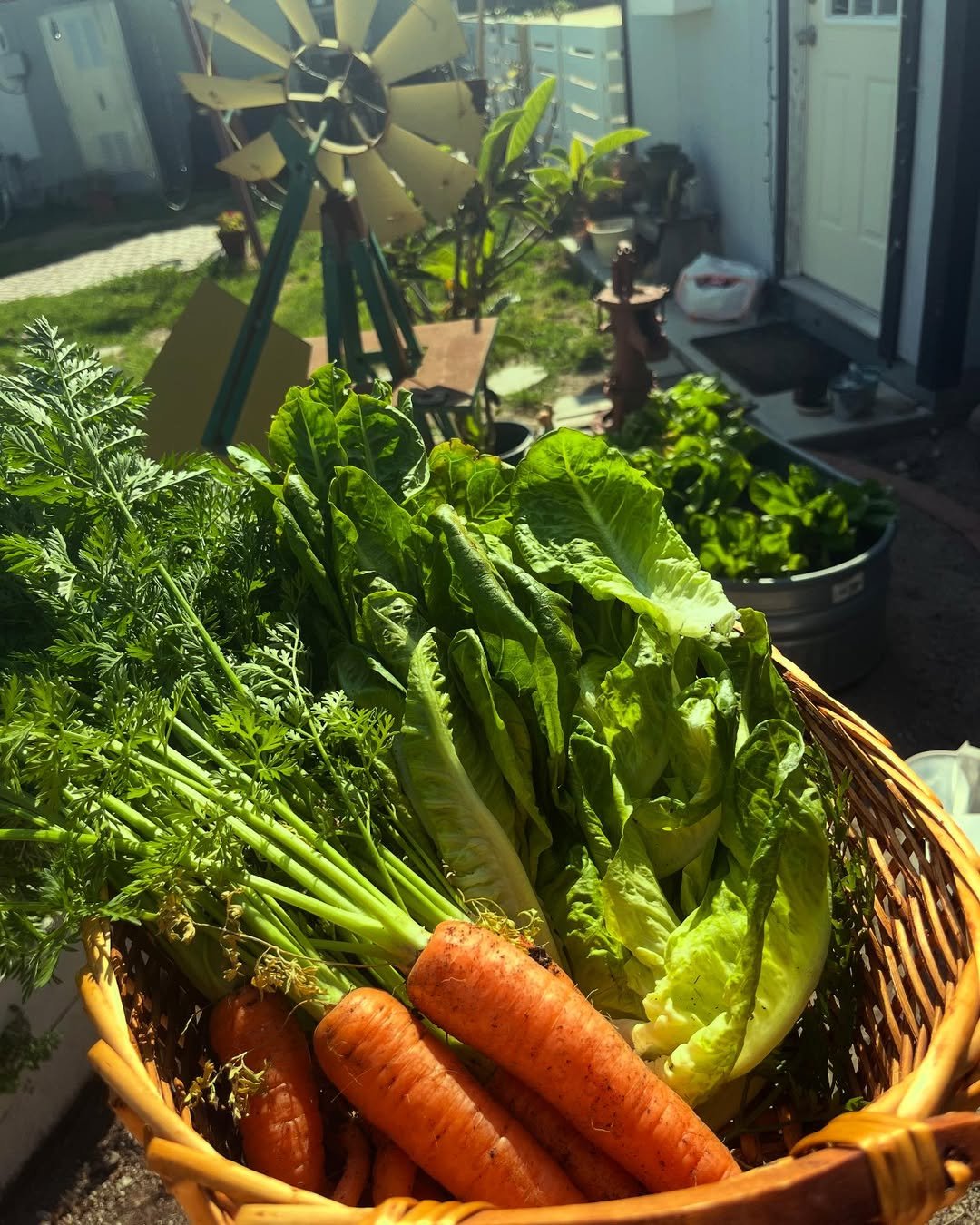
I love growing cilantro, potatoes, and onions in planters.
Community gardening is also possible if there is enough space.
Planting, growing, and harvesting your own food not only cuts the cost of groceries but also helps reduce carbon emissions for many years.
As kitchen waste is managed through composting, you can manage and save fertile soil with organic fertilizer.
8. Build a Solar Oven or Cooker
Have you heard of solar cooking?
It is one of the thermal technology applications that use sunlight for cooking purposes.
Solar cookers are made in the same fashion to heat, cook, or pasteurize drinks and other food items.
Thermal systems consume heat from the sun to provide space and water heating. So, you can combine these systems with your usual heating and hot water system to expand your supply.
Solar cookers are inexpensive, low-tech devices that function without consuming electricity or biogas.
To make a homemade solar cooker, you need a box with great heat insulation. For this, you can use a styrofoam box or any other container.
As a styrofoam box is not firm enough, I suggest you built a another box around it. OSB plates are good option for this.
Then, you need to place a glass plates to close the insulating box and flaps to ensure sun rays are reflected into the box.
If all set, put the pot or pan inside the box and monitor if the utensil absorbs heat enough to cook and boil food.
9. Reuse Greywater Safely
Greywater is a domestic wastewater generated in households from streams without fecal contamination. It is not used water from toilet, kitchen sinks and dishwashers, which is called blackwater.
It rather comes from bathroom sinks, showers, baths, and washing machines.
This type of water is also safe to handle and easier to treat. You can reuse it for toilet flushing, landscape irrigation, and other non-potable uses.
I don’t recommend you use greywater for crop irrigations.
Rather, you can use greywater to water houseplant gardens and nonedible plants.
Depending on your house, you can install GWC Pumped system, Branch Drain, Hi-tech system, L2L systems to manage greywater.
10. Use Natural Fiber Textiles
Instead of polyester and nylon fabrics, you can use natural fiber-based clothing, which is healthy and sustainable.
The primary natural fibers include cotton, wool, hemp, and linen.
Farmers produce these fibers from plants and farm animals, which also contribute to greenery and agriculture.
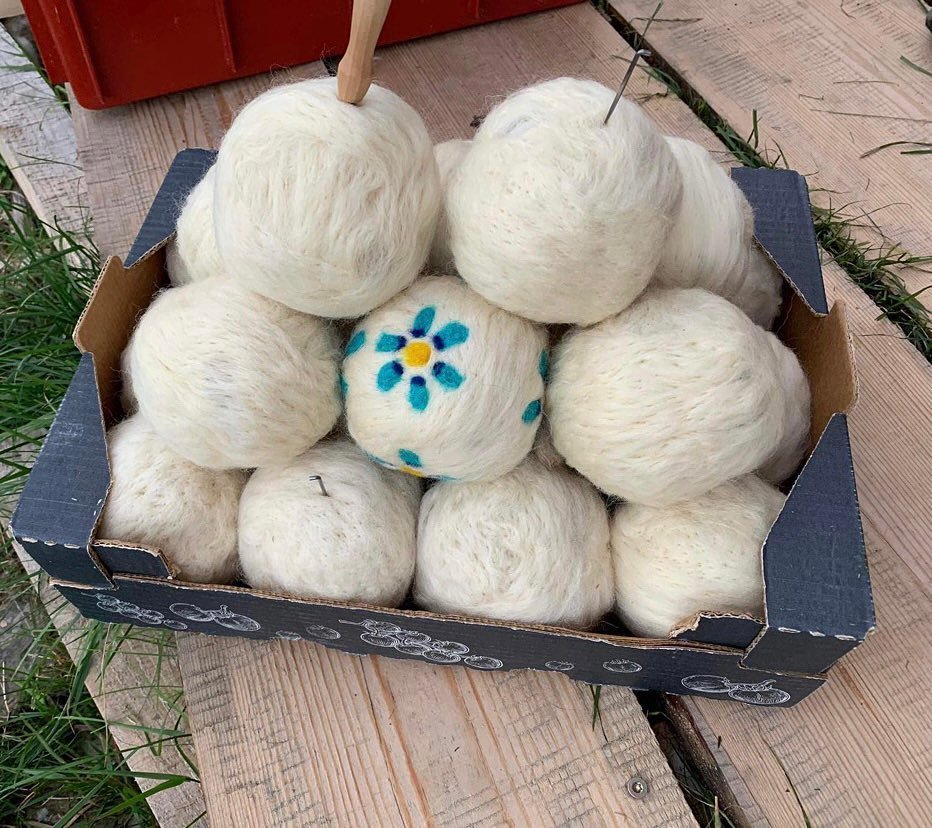
Unlike plastic-made fibers, they are moisture-recking, insulating based on weather, UV protective, soft and comfortable to wear, and biodegradable.
In the fashion world, synthetic fabrics contribute to microplastic pollution, dumping millions of tons of clothing waste in the sea every year.
Natural fibers also remove this problem with their ability to repurpose, recycle, and break down easily.
They are versatile in producing fashion items ranging from clothing from head to toe, bedding, towels, mats, blankets, pillows, and many home decor items.
11. Install Low-Flow Showerheads and Faucets
Traditional fixtures and fittings use water in large amounts and often unnecessarily, only to cause water waste.
So, you can install low-flow showerheads and faucets, which help reduce water waste, slash water bill, lower water heating cost and extend plumbing lifespan.
While older or traditional faucets flow at around 2.2 gallons per minute (gpm), low flow faucets reduce it to 1.5 gpm.
Also, low flow showerheads reduce water pressure and run water at 2.0 gpm or lower and toilet use water only at 1.6 gpm.
Low-flow plumbing fixtures include a technology that operates through aerators, flow restrictors, and a dual-flush system.
12. Upcycle Old Furniture and Wood
If you have a bit of homesteading skills, especially furniture skills, you can revamp your house with old furniture or wood.
There are several creative ways to reuse materials instead of buying new. This not only helps you save a few dollars but also contributes to a healthy environment by not bringing plastic-made furniture.
I often use my old ladders to make a place to display houseplants, especially climbers.
You can remove older parts and install a new one to make it as functional as before.
The table into a kitchen island, a coffee table to make a bench, and a dresser into a sink vanity can be good ideas to save your old furniture from going waste
If not, simply paint the piece inside out to hide the cracks or dents and give a color contrast to the wall decor.
If the damage is more than 60 percent, you can disassemble the piece and make a completely new item. For example, you can use old wooden doors or windows to create a dust bath container or raised bed and a coffee-table top.
13. Reduce Plastic in the Kitchen
Modern households often hold numbers of plastic items ranging from chairs, buckets, and dustbins to bathroom accessories.
The kitchen also has many things, such as water bottles, cutlery utensils, food wrappers, trash bags, and others.
So, you can switch from plastic products to glassware, ironware, and biodegradable items. Glass jars, beeswax wraps, cloth produce bags are only a few examples.
Several chemicals are used in plastic items, which are fat soluble and leach into fatty or oily food.
Besides, I suggest you build a low-waste pantry.
For this, you can cut unused space, invest in reusable containers, group similar food items, and arrange containers up front for everyday use.
14. Use a Wood Stove Efficiently
I love the smoke flavor added to the food, which only comes from the wood stove. Whether for roasting or cooking, firewood is used enough in the countryside.
So, housekeepers need to use it efficiently.
For this, you need to keep flammable items such as furniture, newspapers, books, curtains, gasoline, and kerosene away from your use.
Use newspapers, dry kindling, and other natural fire starters.
There are several eco-benefits of using locally sourced firewood. As less fossil fuel is used to transport the wood logs from the local forest to your house, it helps lower the carbon imprint.
It also supports several small-scale wood suppliers and loggers with their income source.
15. Use Containers Instead of Paper Bags
Food packaging has one of the highest water producing area in kitchen.
For school tiffin or office lunch, you need to invest in reusable lunch boxes. Avoid paper bags to hold food, which eventually thrown out daily, only to increase waste.
If you’re to pack food, don’t use cling wrap and select eco friendly wrapping materials like beeswax.
You can also shop grossary locally and use reusable containers.
Or grow your own foods in backyard garden or roof instead of buying. Many tries to find package free alternatives.
16. Switch to Natural Pest Control
Toxins and lab-produced chemicals are not only harmful to your health, but they also have adverse effects on plants, beneficial insects, and the environment.
It’s already hard to find healthy fruits and vegetables, so avoid chemical sprays in your garden.
Instead, you can use essential oils, diatomaceous earth, and companion planting to get rid of infestation. Essential oils and DE don’t harm plants and help you grow an organic garden.
I love the idea of companion planting, which repels bugs with strong scents, complements plant growth equally, and helps save soil health.
Besides, you can make a homemade or DIY natural pest controller using basic supplies.
Take 1 tablespoon of mild liquid soap, for example, I use pure dish soap and add to 1 quart of water.
Or, you can add 1 cup of vegetable oil to 1 tsp of liquid soap and mix well, and then add 1 quart of water to the mixture.
17. Make Your Own Natural Toiletries
You do not need fancy and expensive sanitary products to live a long and healthy life. Long ago, people used miswak, a tooth-cleaning stick made of neem and bamboo.
So, you can make your own natural toiletries, such as DIY toothpaste, deodorant, and shampoo.
I love conducting homemaking projects at home and have many simple recipes.
To make toothpaste, you will need 2/3 cup of baking soda, 1 tsp of finely ground sea salt, 1 or 2 tsp of arrowroot flour, and clean water.
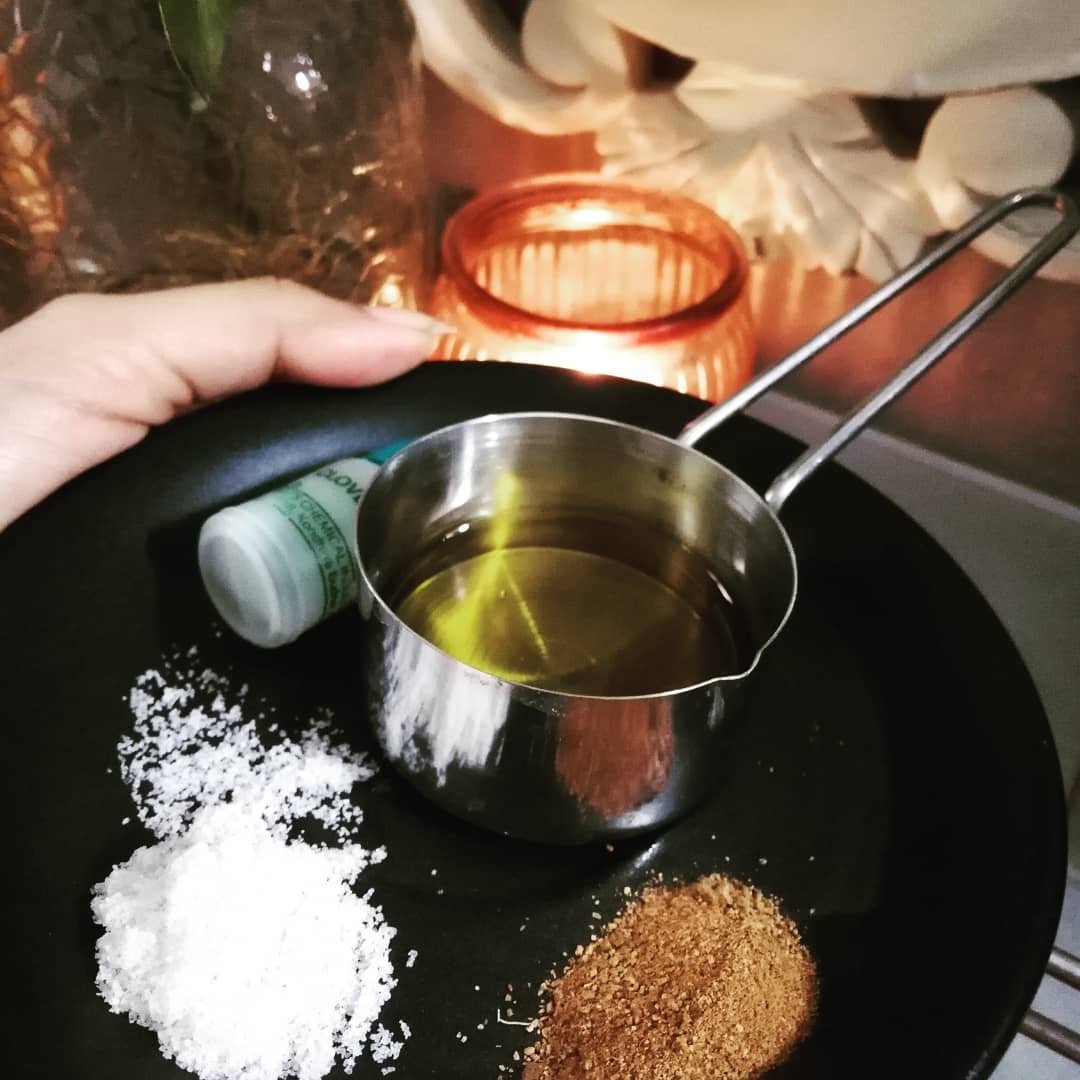
You can also make deodorant by mixing 1.5 tsp of baking soda, 1/2 cup of arrowroot flour, 2.5 tsp of coconut oil, and shea butter. And add not more than 10 drops of essential oils to the mix.
These are only natural products and represent green and contribute to a healthy earth by avoiding wasteful plastic packaging.
18. Install a Living Roof or Green Wall
Known as living roofs, green roofs are roofs covered with plants and vegetation.
This system includes a waterproofing membrane, a growing medium or soil, and growing plants. It provides a rainwater buffer for water management and helps purify the air.
Besides, the roofs reduce the ambient temperature and maintain natural cooling without any electrical machine.
Thanks to the living roofs that help increase solar panel efficiency and extend the lifespan of roof.
Besides, your home may need a wall garden or living wall, which has green vegetation in the vertical structure.
This not only increases biodiversity but also helps control the noise indoors and outdoors.
19. Practice Minimalist, Waste-Free Living
Minimalist and waste-free living are a way to save resources for future generations and a sustainable planet.
To adopt minimalism, you have to reduce both physical and mental spaces. Use less resources, only needed, and avoid impulse buying.
Declutter your whole house with purpose every day and if not possible, every week, every month or every season.
Make the most of the already availed resources and make a frugal budget for households or other projects.
Also, waste-free living has a tagline: refuse, reduce, reuse, recycle, and finally, compost.
Whatever you do, start with small, set your priorities, organize every space, support quality over quantity, and donate things to others.
20. Use Eco Paint and Finishes
VOCs emit toxins into the air from lab-produced products, which pollute indoor air and induce respiratory irritation.
They often come from flame retardants, plastics formaldehyde, and polyurethane.
So, choose natural or low-VOC paints, stains, wallpaper, and sealants.
Many modern houses also use harmful VOC extremed equipment. But you have options such as bamboo, cork, recycled glass, or recycled plastic bottles and tires.
These can be turned into eco-friendly or recyclable carpets.
While purchasing, look for the eco-friendly stamp or green certificate on the products.
Final Thoughts
These eco-friendly home ideas work great even for off-grid living or rural homesteads.
You cannot replace all your household items with greens all at once. So, you need to start with small products that are used every day.
I have tried revamping my house with a maximum of eco-friendly products, but a few are still made of reusable plastic.
But I have recently achieved the green status. What have you done to your home? Comment down your thoughts!





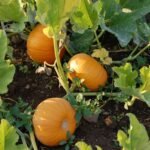
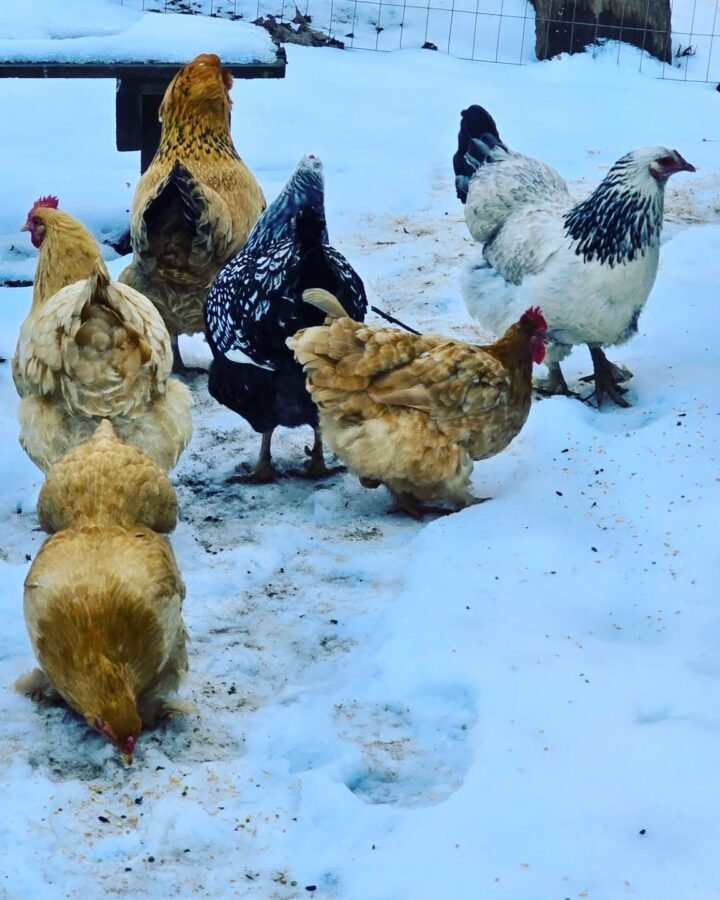
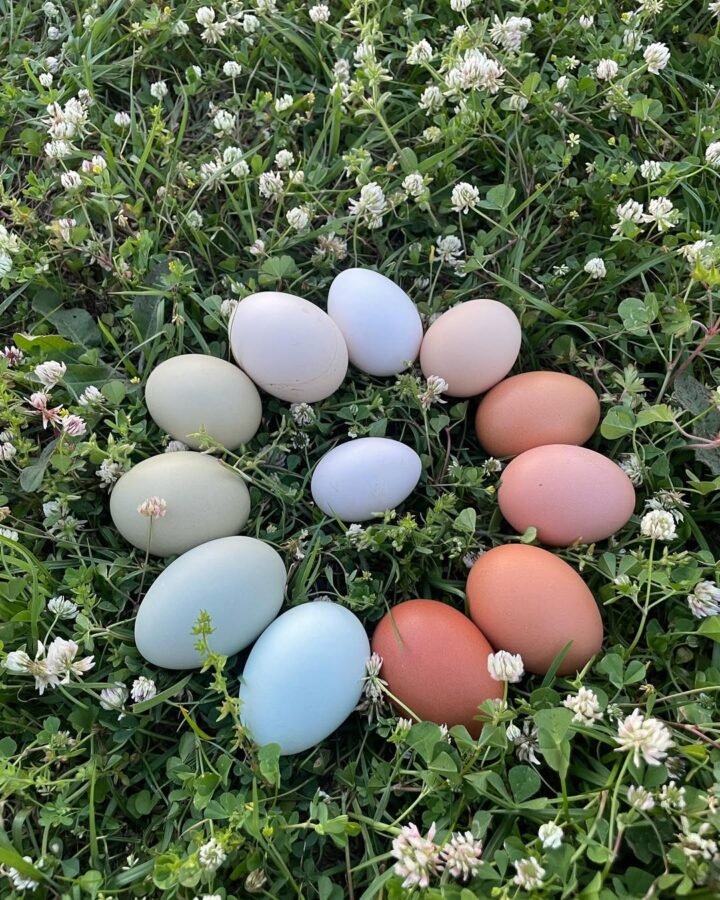
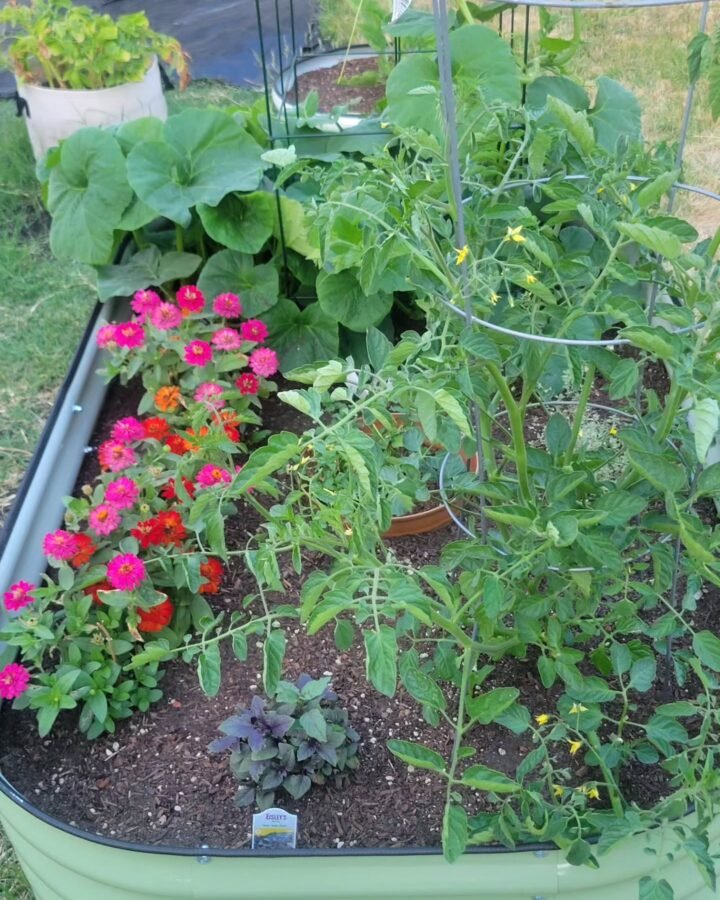

Leave a Reply